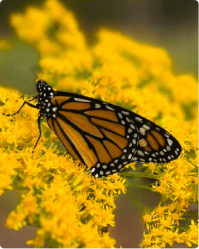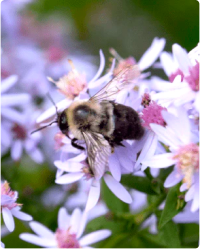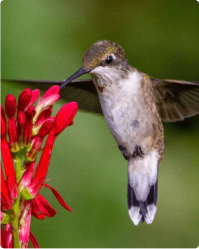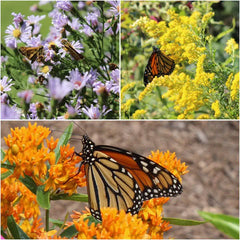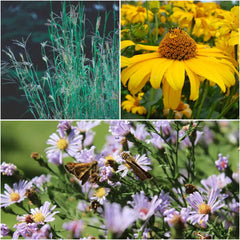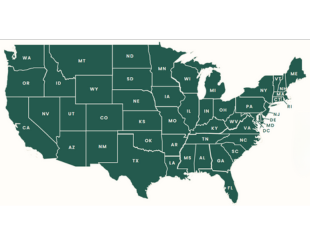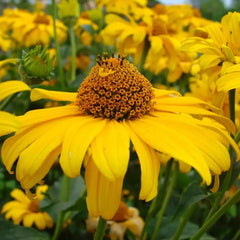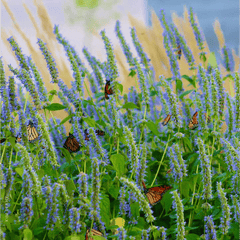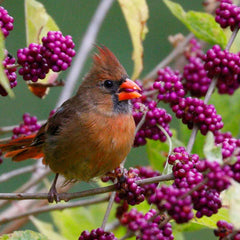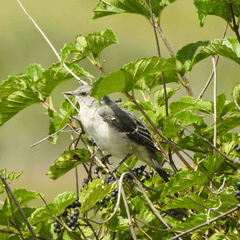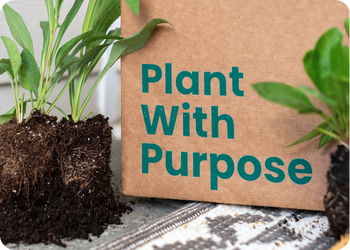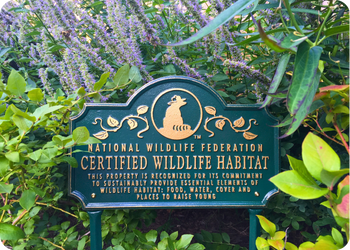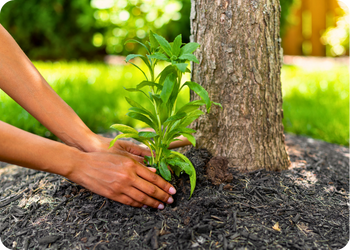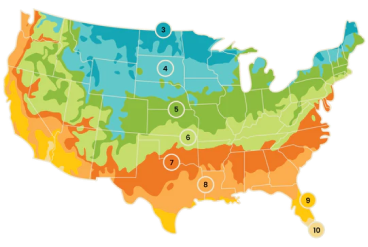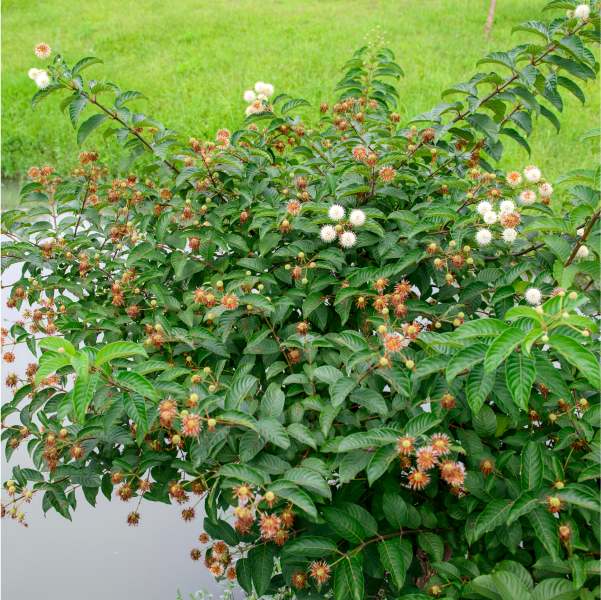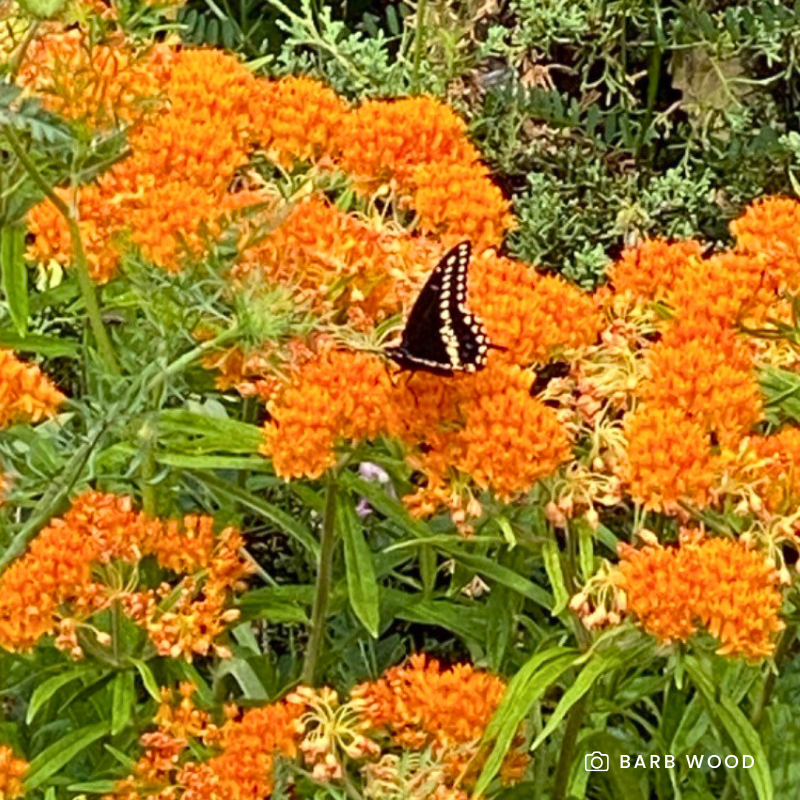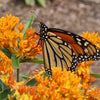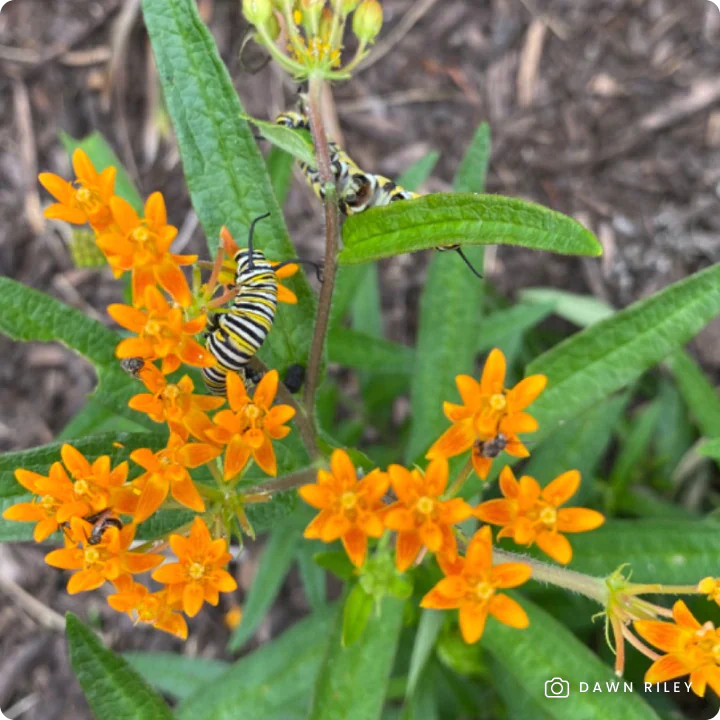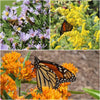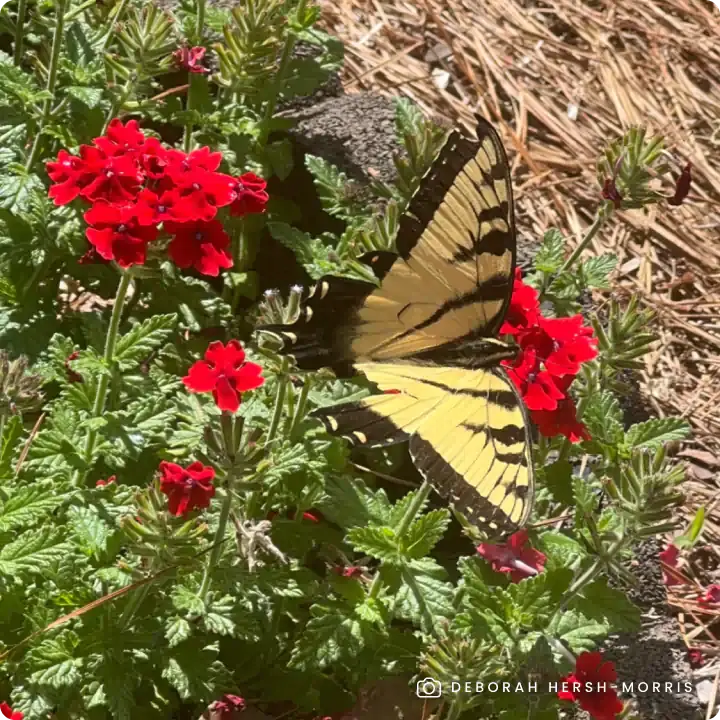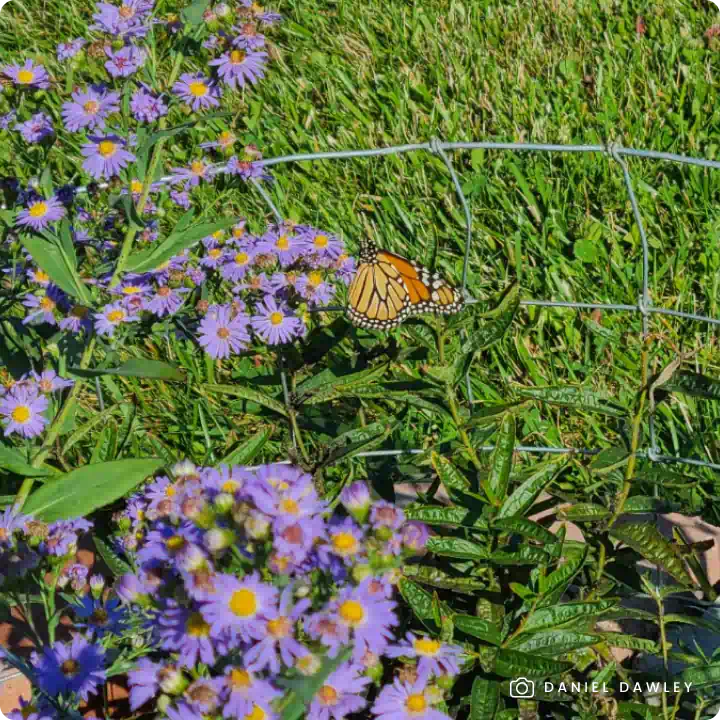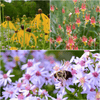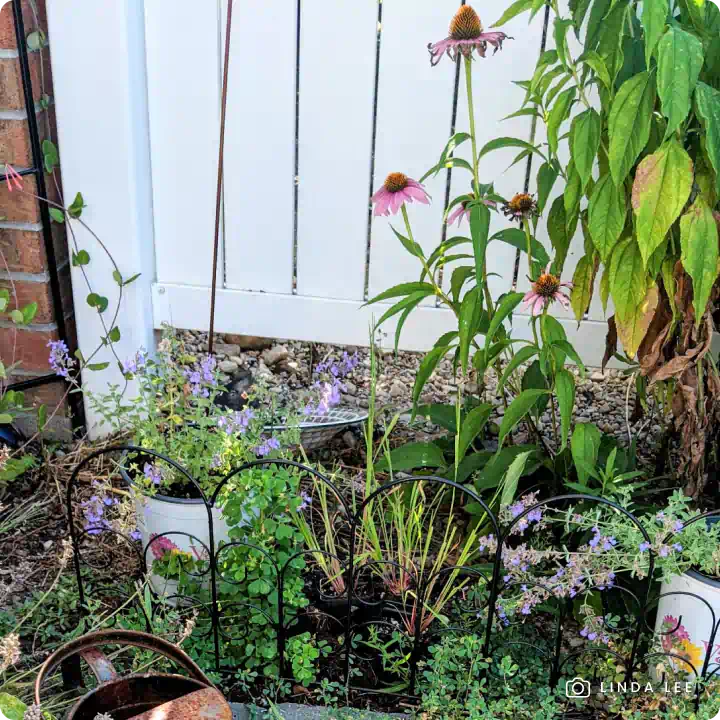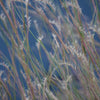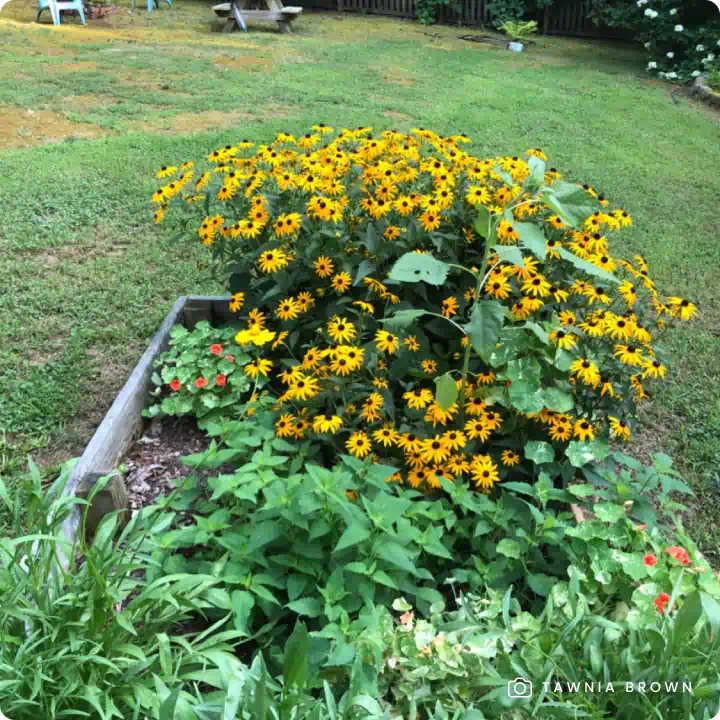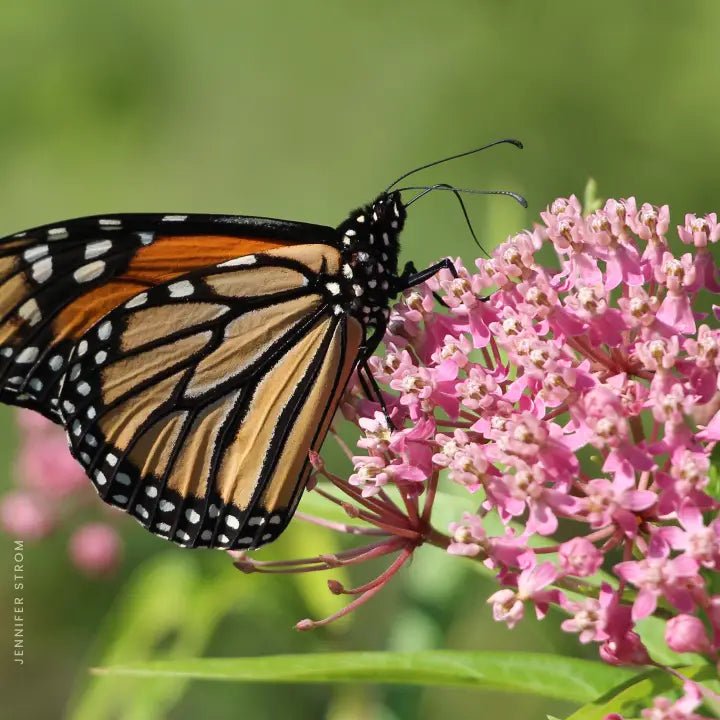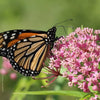Buttonbush (Cephalanthus occidentalis) is a versatile, deciduous native shrub that thrives in moist to wet soils, making it a perfect addition to rain gardens, pond edges, or wetland areas. Its unique, globe-shaped white flowers bloom in summer, attracting butterflies, bees, and hummingbirds, while its seeds provide valuable nourishment for shorebirds and waterbirds. With its ability to enhance both the beauty and ecological value of your landscape, buttonbush is a must-have for any wildlife-friendly garden.
Key Features:
- Unique Flowers: Round, pincushion-like white blooms add a distinctive and eye-catching element to your garden while serving as a nectar source for pollinators.
- Wildlife Magnet: Attracts butterflies, bees, and hummingbirds to its flowers while providing seeds for shorebirds and waterbirds.
- Thrives in Moist Soils: Ideal for wet areas, including rain gardens, pond edges, and streambanks, helping to manage water runoff and stabilize soil.
- Low Maintenance: Once established, it requires minimal care and thrives without chemical inputs.
- Deer Resistant: Resilient to deer browsing, ensuring its longevity and beauty in the garden.
- Eco-Friendly: Grown non-GMO and free of harmful neonicotinoids, promoting a healthy ecosystem for pollinators and wildlife.
Available in one gallon containers, ready for planting.
Why Choose Buttonbush?
Buttonbush is a powerhouse plant for gardeners seeking to enhance wet or low-lying areas with vibrant blooms and ecological benefits. Its ability to support pollinators and birds while tolerating wet soils makes it a valuable addition to rain gardens, naturalized areas, or landscapes designed to attract wildlife.
Planting Tips:
- Location: Plant in full sun to part shade with moist to wet soil; tolerates periodic flooding.
- Watering: Water regularly during the first growing season to establish roots. It thrives in consistently moist environments once established.
- Maintenance: Minimal care required. If desired, prune in late winter or early spring before new growth begins to shape the shrub and remove any dead or damaged branches.
For more information on planting, view our How to Plant Your Native Plants guide and other planting tips in the Garden for Wildlife Learning Center.
Enhance your garden with the beauty and ecological benefits of Buttonbush. Its distinctive flowers, wildlife appeal, and suitability for wet areas make it a standout addition to any sustainable or naturalized garden.
